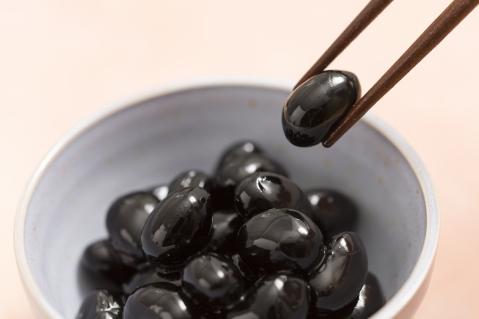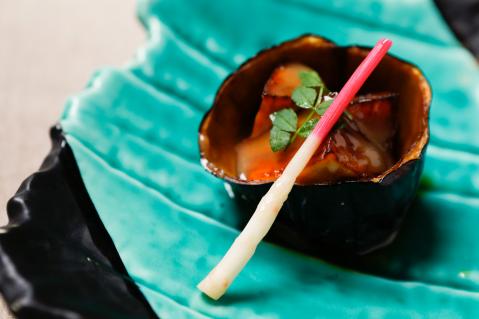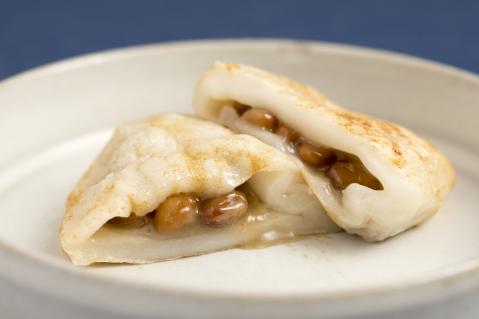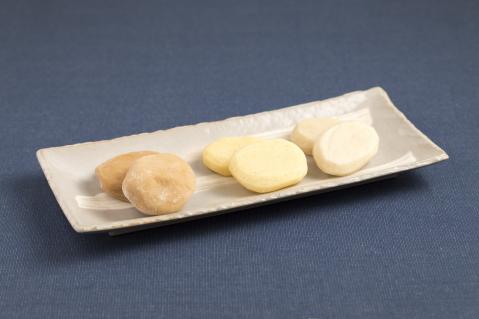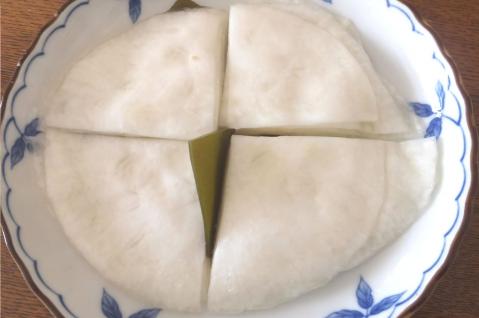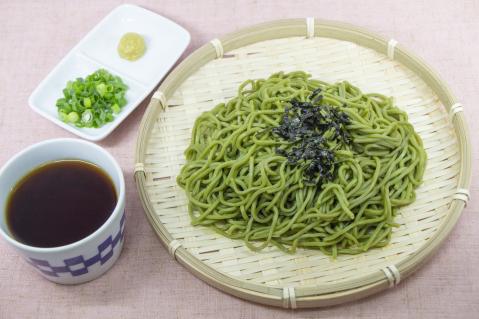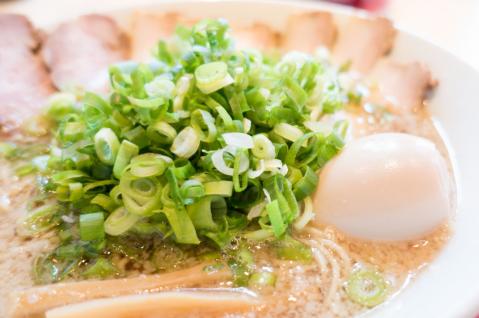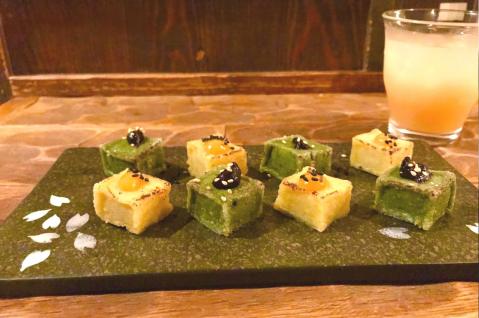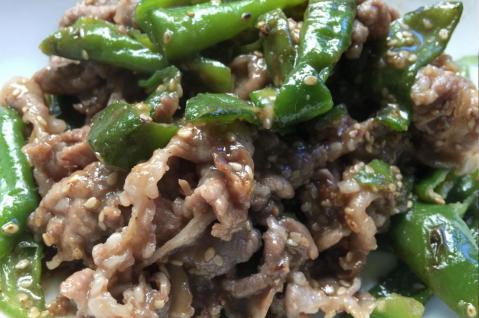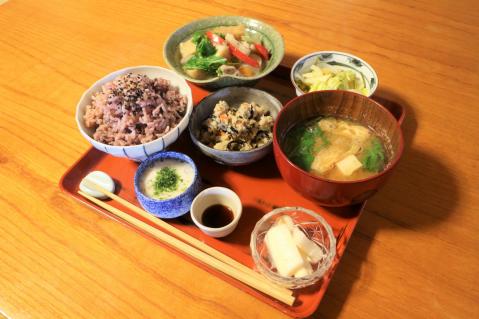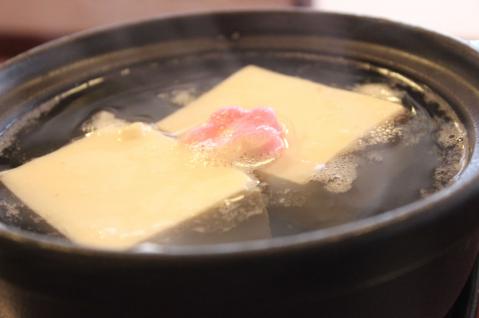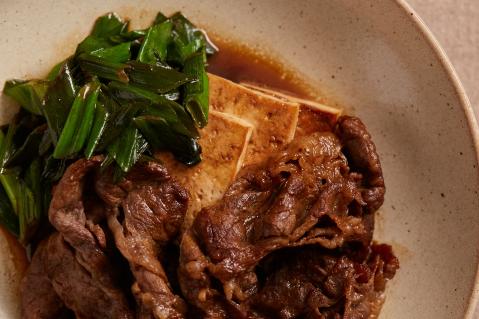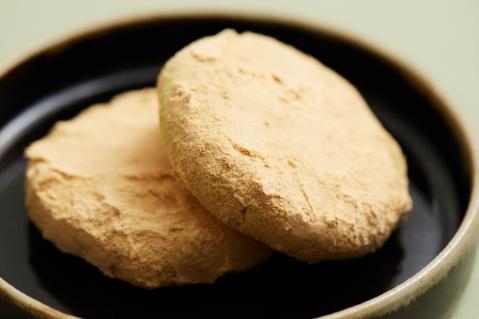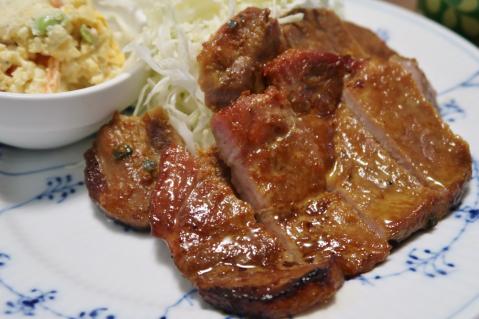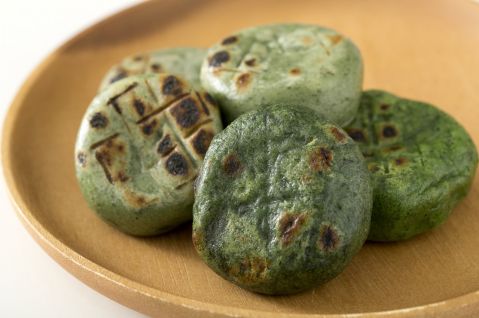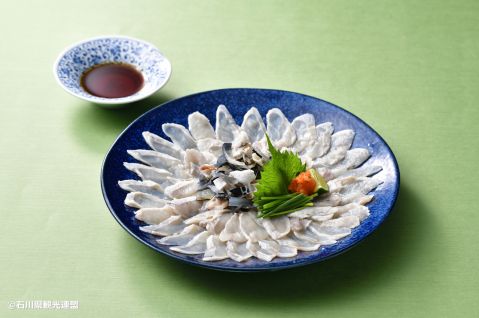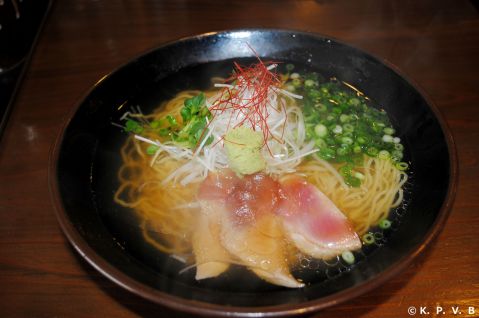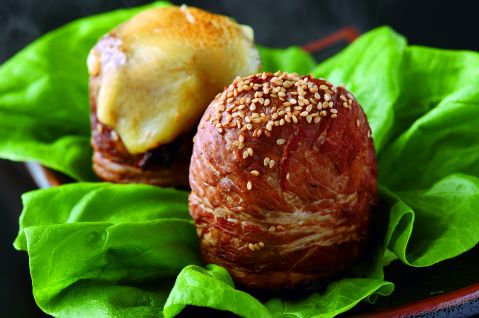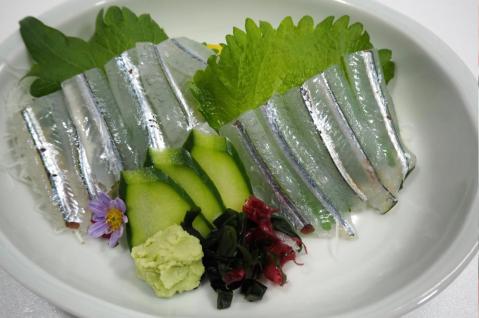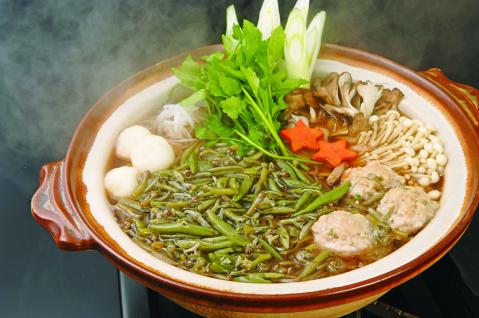Regional cuisine of Kyoto region
Cooking Classes in Kyoto
To fully immerse yourself in Japanese culinary traditions, explore Kyoto's cooking classes. Kyoto's cooking classes offer a unique opportunity to learn from knowledgeable locals, from sushi and ramen to wagashi and more.
Simmered Black Soybeans
Simmered Black Soybeans (黒豆煮, Kuromame-ni) is a traditional dish made using black soybeans primarily grown in the Tanba region, including Kyotanba Town an...
Kamo Eggplant Dengaku
Among Kyoto's traditional vegetables, Kamo eggplant (賀茂なす, Kamo nasu) stands out as a favorite. Recognizable by its round shape exceeding 10 cm (4 inches...
Natto Mochi
Natto Mochi (納豆餅, Natto mochi) is a cherished dish with deep roots in Japan's culinary history. While the exact origin of natto remains a topic of debate,...
Kibi Mochi, Awa Mochi, and Tochi Mochi
Kibi Mochi, Awa Mochi, and Tochi Mochi are traditional delicacies originating from Kyoto Prefecture, especially in its mountainous regions stretching from th...
Shogoin Turnip
The Shogoin Turnip (聖護院かぶ, Shogoin kabu) is one of Japan’s largest turnips and is classified as a traditional Kyoto vegetable, as well as a distinctive ...
Tango Barazushi
Tango Barazushi (丹後ばらずし, Tango barazushi) is a dish deeply rooted in the traditions and natural environment of the Tango Peninsula. Its creation was gr...
Chestnut Rice
Tanba chestnuts (丹波くり) are a specialty of the Tanba region in Kyoto, known for their large size and natural sweetness. In the Tanba area, chestnuts ha...
Kyoto Matcha Soba
Matcha Soba (茶そば, Cha soba) is a unique variation of soba noodles, made by kneading finely powdered Uji matcha from Kyoto into the dough. Its vibrant gree...
Kujo Negi
Kujo Negi (九条葱, Kujo negi) is a type of Japanese green onion and one of Kyoto's traditional vegetables, known as "Kyo-yasai." It is said to have originate...
Nama-fu (Raw Wheat Gluten)
Nama-fu (生麩, raw wheat gluten) is a traditional Japanese food made by kneading wheat flour with water to extract gluten, which is then mixed with rice flou...
Manganji Peppers (Manganji Sweet Peppers)
Manganji Peppers (万願寺とうがらし, Manganji tōgarashi) originated from the Manganji district in the outskirts of Maizuru, located in northern Kyoto Prefectu...
Kyo no Obanzai
Kyo no Obanzai (京のおばんざい, Kyoto-style home-cooked dishes) refers to traditional dishes prepared in ordinary households in Kyoto for generations. The...
Niku Dofu (Simmered Beef and Tofu)
Niku Dofu (肉豆腐, simmered beef and tofu) is a simple yet hearty dish made by simmering beef, tofu, and green onions together. It often features Kujo Negi (...
Kind of food
Recommended
-
![Sorakita Mochi]()
Sorakita Mochi
Oita / >Local cuisine -
![Miso-Marinated Pork]()
Miso-Marinated Pork
Kanagawa / >Meat dish -
![Kachiyama Oyaki]()
Kachiyama Oyaki
Fukui / >Local cuisine -
![Wajima Fugu]()
Wajima Fugu
Ishikawa / >Seafood -
![Tuna Ramen]()
Tuna Ramen
Kagoshima / >Ramen -
![Meat-Wrapped Rice Balls]()
Meat-Wrapped Rice Balls
Miyazaki / >Bento & Onigiri -
![Japanese Halfbeak Sashimi]()
Japanese Halfbeak Sashimi
Ishikawa / >Seafood -
![Junsai (Watershield)]()
Junsai (Watershield)
Akita / >Local cuisine

